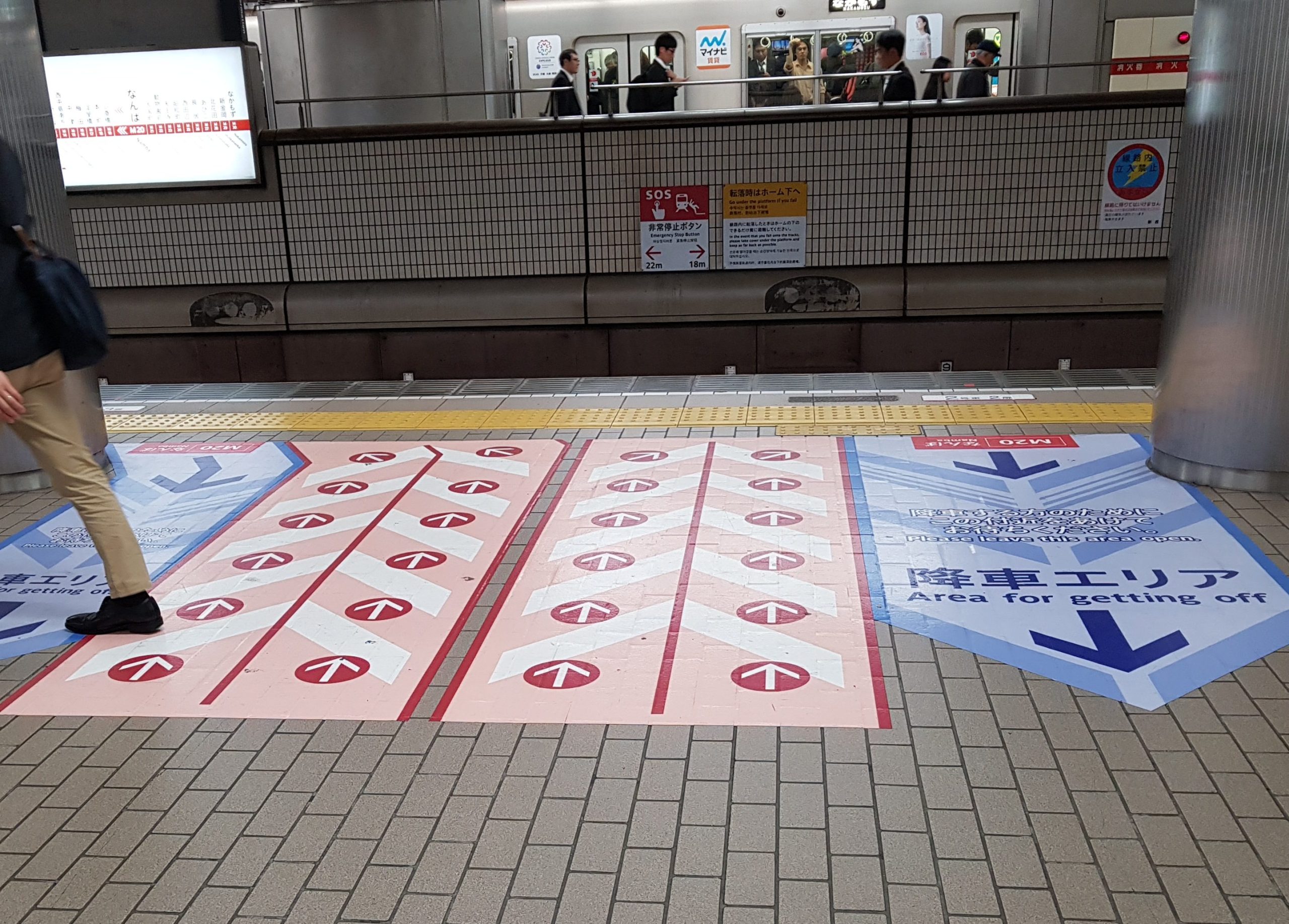
In our previous post, we looked into the reasons why it is not easy for Japanese people to speak and understand English. Once you have realized that it is simply as difficult for Japanese people to speak English as it would be for you to speak Japanese, you will be ready to adapt.
In this post, I will share some simple tips to communicate more smoothly and help get your message across.
In my 30 years working with Japanese colleagues, I have repeatedly seen non-Japanese speakers (myself included) speaking too fast and not leaving room for Japanese colleagues to respond.
On top of that, when we hear “yes,” we tend to assume agreement and move on. In the end, we may come to realize that probably only 20% of the content was understood.
As a result, we then either start from the beginning or we just give up and send an email…
Set yourself up for success by remembering the following points:
Go slowly… Allow for pauses
- Don’t jump directly into the topic. You can start with some social talk if you know the person (e.g. “how are you?”, “how was your weekend?”, etc.) Then introduce your topic and pause. Ideally, repeat the topic once more until your Japanese counterpart clearly signals understanding or even repeats it.
- Try to be well structured. The clearer your structure, the easier it will be to follow.
- Speak more slowly than you would with a native speaker (or a non-native that uses English every day).
- Use short sentences.
- Send the questions you will ask in advance by email to allow time to prepare.
- Start with the overall topic, then go into detail, and then pause ⏸.
In the West, we are often not comfortable with silence, but the Japanese use it as a communicational tool.
Hence, having stretches of silence is more common; it provides time to think and to respond. Remember, Japanese will almost never interrupt even though they did not understand at all!
Be aware of the “yes” trap
“Yes” can have different meanings.
1. “Yes” meaning “I am listening to you, but I don’t understand”;
2. “Yes” meaning “I do understand, but I don’t agree”;
3. “Yes” meaning “I understand what you are saying and I do agree.”
It is vital to not take "yes" at face value when talking to Japanese.
How to distinguish between the 3 "yes" types? Try to read the speaker’s body-language and if unclear, politely ask for clarification or a short summary. To make it easier for your counterpart just blame yourself by using “I apologize for talking too fast. I am sure you have questions!”
One more thing, be careful when using negative questions, i.e. “don’t you have the information?” “Yes” would mean in English “yes, I do have it.” In Japanese, it is the opposite “yes, I don’t have it.”
We will discuss Japanese body-language in our next newsletter.
(Olivier van Beneden, JCO founder)
You can also learn more about these topics in our open workshops, in-house sessions and also our E-learning.





